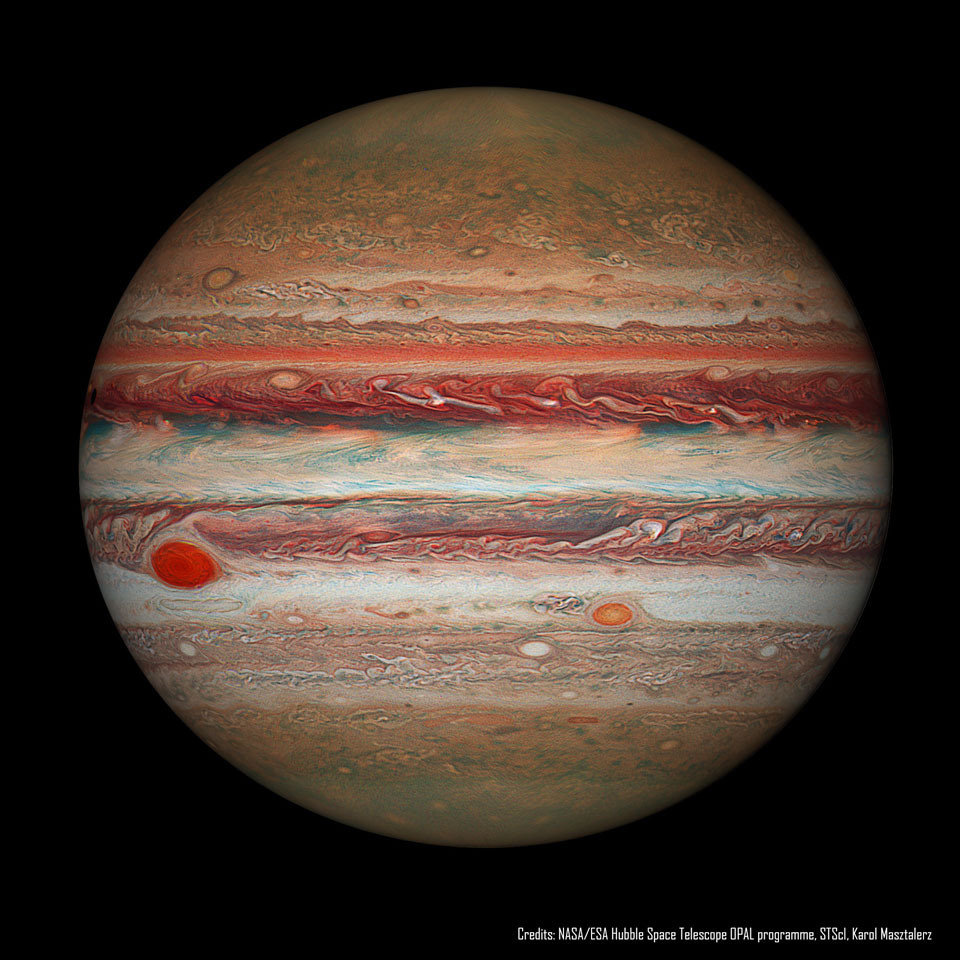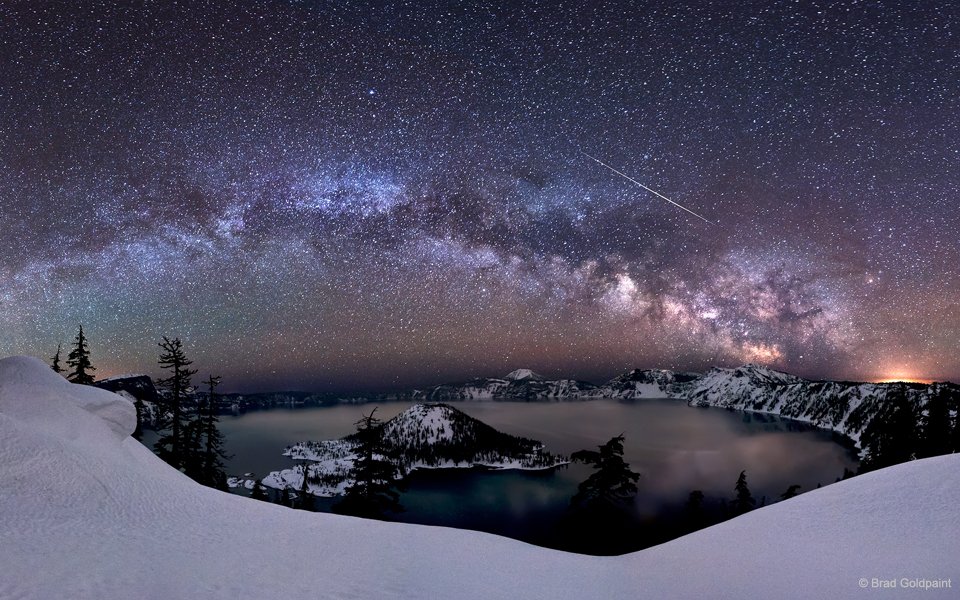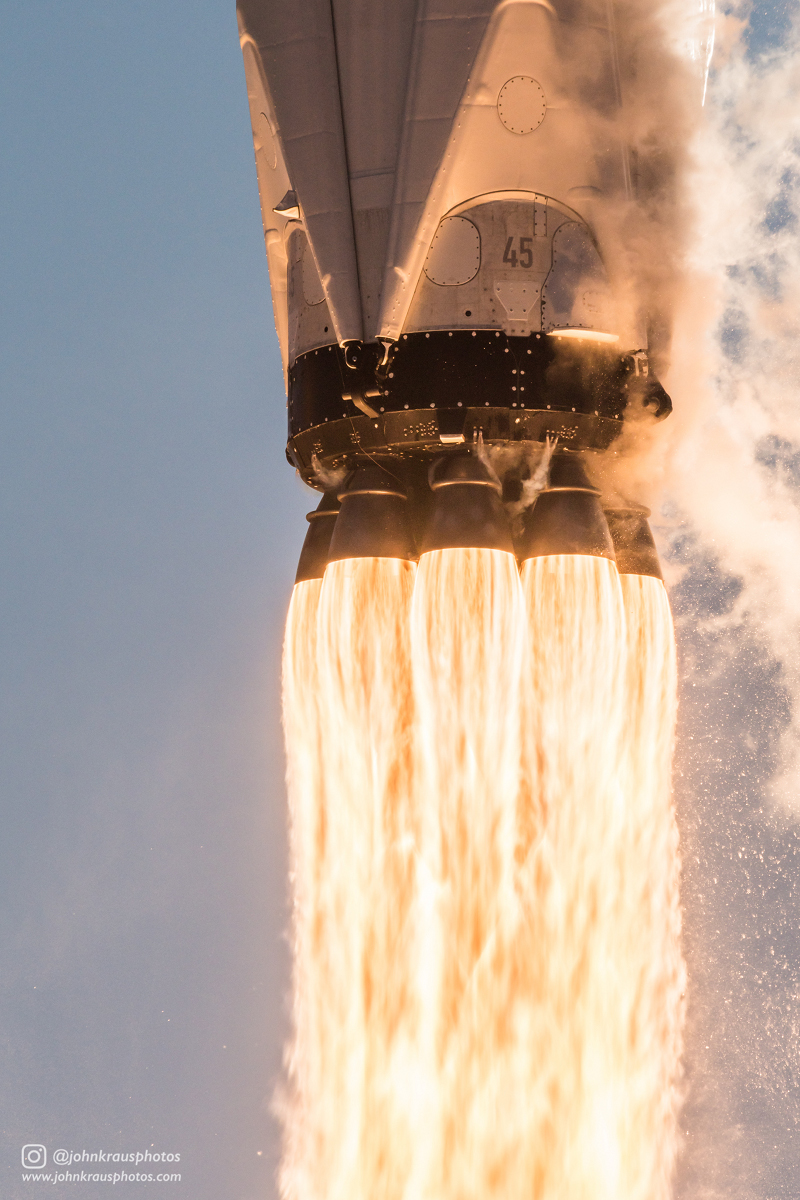After delivering more than 5,800 pounds of science investigations and cargo for NASA, a SpaceX Dragon cargo spacecraft is set to depart the International Space Station on Wednesday, May 2. NASA Television and the agency’s website will provide live coverage of Dragon’s departure beginning at 10 a.m. EDT.
from NASA https://ift.tt/2qXGjxf
via IFTTT![]()






